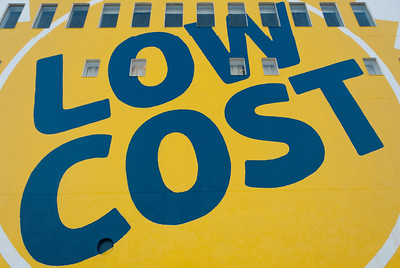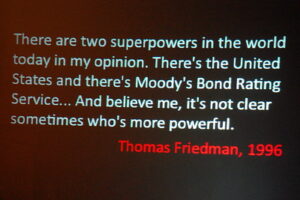The Government Accountability Office (GAO) issued a report today that offers a darker analysis of the cost of federal student loans. The Department of Education, which manages federal student loans, believes the program generated about $115B over 25 years. The GAO begs to differ.
According to Team Accountability, the Department of Education has badly underestimated the cost of the student loan program. While Ed believed it generated $115B over 25 years, it actually created a $197B-shaped hole in the Treasury.
Apparently, Ed did a bad job of estimating the impact of student loan debt forgiveness rules. With each new loan forgiveness program, the returns decreased. In response to the pandemic, for example, Ed paused virtually all student loan repayments. From 2020-2021, that pause reduced the student loan program’s income by $107B.
Previous loan forgiveness programs (for public servants, for example) also dinged the program’s income by as much as $50B. Income-based repayment has also been something of a financial bust, largely because the IRS won’t share income data with the Department of Education. That makes it difficult to calculate income-based repayments accurately.
In 2026, the Department of Education will release a new budget model that will make better use of available income data. Unfortunately, that will not do much to help borrowers. One of the biggest problems students face is the seemingly endless growth in the cost of a college education. Unabated higher education cost increases force students to borrow more. Unfortunately, many borrowers ultimately find themselves in student loan debt too deep to repay.
Administrative Spending Affects Student Loan Debt
There is a pretty obvious connection between student loan debt and the spending decisions that higher education administrators make. For example, when administrators (with the help of Board Members) decide that it’s OK to shop off the cost of new buildings, delayed capital programs, and careless administrative overspending to the students, that raises their cost of attendance.
Some students (quite rationally) respond by dropping out or declining to enroll. This is borne out by Washtenaw Community College’s own enrollment data. Following significant tuition increases, the enrollment always drops. (I guess I shouldn’t say always. Just every time the Board has raised tuition by $4 or more per credit hour since 1966.)
Other students have already invested too much time and effort (and may have borrowed large sums of money) to stop working on a degree. Finishing their studies will be economically devastating, but not nearly as devastating as walking away.
Contributing to the problem
Everything that raises the cost of attendance contributes to this problem. So, for example, waiting nearly two decades to do a capital refresh on the Morris Lawrence Building (which quadrupled the cost to $13.5M) contributes to the problem.
Carrying 13 Vice Presidents on the payroll contributes to the problem.
Issuing bonds to build a quasi-private health club and guaranteeing the bonds with your operating budget contributes to the problem. (Especially when an unexpected global pandemic drops by for a 3-year visit and exposes a $4M operating deficit.)
Wasting more than a million dollars on a website redesign and then throwing the whole thing in the trash contributes to the problem.
Giving away a $26M no-bid contract to a company to provide IT services (at a higher cost than your own internal IT department) contributes to the problem.
Paying your former IT staff $2.3M to go away contributes to the problem.
Financially rewarding your Chief Executive when the enrollment drops while the overhead increases contributes to the problem.
Low-cost education can remain low-cost only when the Administration and the Board of Trustees deliberately keep costs low. When they consistently refuse to take the steps necessary to reduce the cost of education, they contribute to the problem.
Photo Credit: Damien Roué, via Flickr

































